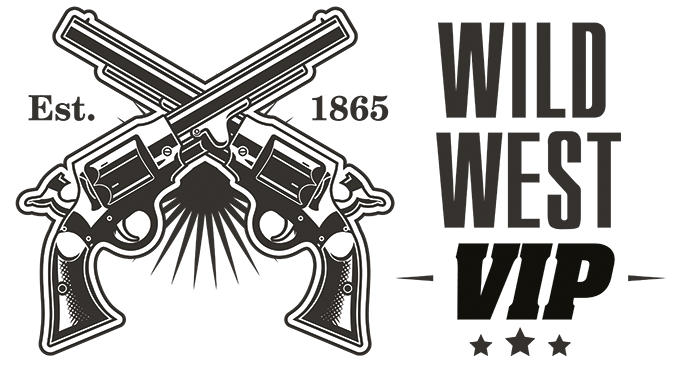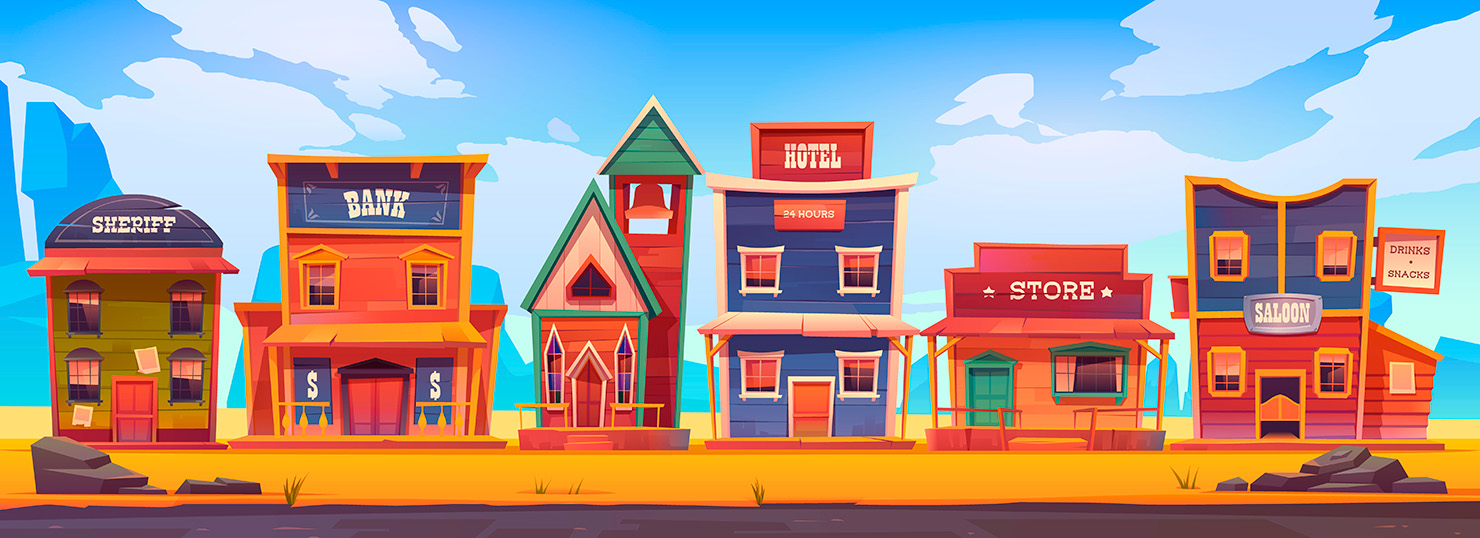Tobacco was a significant commodity in the development and shaping of the American Wild West. Native American tribes had been using tobacco long before European settlers arrived, but it was the Europeans who commercialized it. For colonizers, tobacco became a critical cash crop, one whose importance would extend westward as the United States expanded its territory.
In the context of the Wild West, tobacco played various roles: as a form of currency, a recreational substance, and even a medicinal plant. Cowboys, settlers, and miners often used tobacco, in various forms like chewing tobacco, cigars, and pipe tobacco, for relaxation and social bonding. It was considered an essential item for long journeys and became a staple of saloons and local general stores.
The Role of Tobacco in Native American Rituals and Econom
Tobacco was a significant commodity in the development and shaping of the American Wild West. Native American tribes had been using tobacco long before European settlers arrived, but it was the Europeans who commercialized it. For colonizers, tobacco became a critical cash crop, one whose importance would extend westward as the United States expanded its territory.
In the context of the Wild West, tobacco played various roles: as a form of currency, a recreational substance, and even a medicinal plant. Cowboys, settlers, and miners often used tobacco, in various forms like chewing tobacco, cigars, and pipe tobacco, for relaxation and social bonding. It was considered an essential item for long journeys and became a staple of saloons and local general stores.
Economic impact
The cultivation of tobacco crops had a considerable economic impact during the Wild West era. In regions suitable for tobacco farming, it offered settlers a way to make a living and contributed to the development of trade routes. Tobacco was often traded for other goods and services, making it a significant part of the emerging market economies in the western territories.
However, it’s essential to note that the tobacco industry has a dark history tied to exploitation. Indentured servants and, later, slaves were heavily used in the planting, cultivation, and harvesting of tobacco. Even after the abolition of slavery, exploitative labor practices in tobacco farming persisted and were one of the factors that shaped the socio-economic landscape of the West.
Social and cultural role
Tobacco had a substantial social and cultural impact in the Wild West. Sharing a pipe or offering a pinch of chewing tobacco was a sign of friendship and trust. Many iconic images of cowboys and frontiersmen depict them with a pipe or cigar, reinforcing tobacco’s role as a symbol of rugged individualism and freedom.
Saloons, where men would gather to drink, gamble, and socialize, often provided cigars and pipes as part of their service. The act of smoking or chewing tobacco became synonymous with these spaces, contributing to the cultural identity of the time.
Health perspectives
During the Wild West era, the health risks associated with tobacco use were not widely understood. People believed that tobacco had medicinal properties, which was not entirely unfounded as nicotine does have some pain-relieving and appetite-suppressing qualities. Tobacco was sometimes used to treat ailments like toothaches and digestive issues.
It wasn’t until much later that the harmful health impacts of tobacco became widely known. These include a variety of cancers, respiratory issues, and heart diseases, which have led to tobacco being highly regulated in modern times.
Gender differences
The use of tobacco in the Wild West was predominantly a male activity. While some women did use tobacco, social norms generally discouraged them from doing so openly. Men were the primary consumers of tobacco products, which were marketed towards them as a sign of masculinity and ruggedness.
This gender disparity in tobacco use has historical ramifications that extend into present-day patterns of tobacco consumption. Gendered marketing, which began in earnest in the late 19th and early 20th centuries, further solidified these gender roles and norms surrounding tobacco use.
List of common tobacco products in the Wild West
- Chewing Tobacco: Often in a plug or loose leaf form
- Cigars: Particularly popular among higher social classes
- Pipe Tobacco: Commonly used in a variety of pipes, including corn cob pipes
- Cigarettes: Less common but started gaining popularity in the late 19th century
- Snuff: Finely ground tobacco usually inhaled through the nose
Controversies and moral debates
The usage of tobacco was not without its controversies. Various religious and moralistic groups criticized the use of tobacco, citing health and moral concerns. These early debates sometimes led to localized efforts to regulate or even prohibit tobacco sales and consumption.
However, the economic benefits often outweighed these concerns, and tobacco continued to be a prominent commodity. It wasn’t until the 20th century, with the advent of scientific research demonstrating its harmful effects, that significant regulations were implemented on tobacco production and use.
Legacy and modern-day implications
The role of tobacco in shaping the Wild West leaves a complex legacy. On the one hand, it contributed to the economic and cultural development of the region. On the other, it came with a host of social and ethical issues, including labor exploitation and health risks, that society still grapples with today.
With the advent of modern research and healthcare information, the perspective on tobacco has drastically changed. Yet, the romanticized images of cowboys and rugged frontiersmen with their cigars and pipes persist, illustrating the deep-rooted cultural influence that tobacco had during this period of American history.
Economic impact
The cultivation of tobacco crops had a considerable economic impact during the Wild West era. In regions suitable for tobacco farming, it offered settlers a way to make a living and contributed to the development of trade routes. Tobacco was often traded for other goods and services, making it a significant part of the emerging market economies in the western territories.
However, it’s essential to note that the tobacco industry has a dark history tied to exploitation. Indentured servants and, later, slaves were heavily used in the planting, cultivation, and harvesting of tobacco. Even after the abolition of slavery, exploitative labor practices in tobacco farming persisted and were one of the factors that shaped the socio-economic landscape of the West.
Social and cultural role
Tobacco had a substantial social and cultural impact in the Wild West. Sharing a pipe or offering a pinch of chewing tobacco was a sign of friendship and trust. Many iconic images of cowboys and frontiersmen depict them with a pipe or cigar, reinforcing tobacco’s role as a symbol of rugged individualism and freedom.
Saloons, where men would gather to drink, gamble, and socialize, often provided cigars and pipes as part of their service. The act of smoking or chewing tobacco became synonymous with these spaces, contributing to the cultural identity of the time.
Health perspectives
During the Wild West era, the health risks associated with tobacco use were not widely understood. People believed that tobacco had medicinal properties, which was not entirely unfounded as nicotine does have some pain-relieving and appetite-suppressing qualities. Tobacco was sometimes used to treat ailments like toothaches and digestive issues.
It wasn’t until much later that the harmful health impacts of tobacco became widely known. These include a variety of cancers, respiratory issues, and heart diseases, which have led to tobacco being highly regulated in modern times.
Gender differences
The use of tobacco in the Wild West was predominantly a male activity. While some women did use tobacco, social norms generally discouraged them from doing so openly. Men were the primary consumers of tobacco products, which were marketed towards them as a sign of masculinity and ruggedness.
This gender disparity in tobacco use has historical ramifications that extend into present-day patterns of tobacco consumption. Gendered marketing, which began in earnest in the late 19th and early 20th centuries, further solidified these gender roles and norms surrounding tobacco use.
List of common tobacco products in the Wild West
- Chewing Tobacco: Often in a plug or loose leaf form
- Cigars: Particularly popular among higher social classes
- Pipe Tobacco: Commonly used in a variety of pipes, including corn cob pipes
- Cigarettes: Less common but started gaining popularity in the late 19th century
- Snuff: Finely ground tobacco usually inhaled through the nose
Controversies and moral debates
The usage of tobacco was not without its controversies. Various religious and moralistic groups criticized the use of tobacco, citing health and moral concerns. These early debates sometimes led to localized efforts to regulate or even prohibit tobacco sales and consumption.
However, the economic benefits often outweighed these concerns, and tobacco continued to be a prominent commodity. It wasn’t until the 20th century, with the advent of scientific research demonstrating its harmful effects, that significant regulations were implemented on tobacco production and use.
Legacy and modern-day implications
The role of tobacco in shaping the Wild West leaves a complex legacy. On the one hand, it contributed to the economic and cultural development of the region. On the other, it came with a host of social and ethical issues, including labor exploitation and health risks, that society still grapples with today.
With the advent of modern research and healthcare information, the perspective on tobacco has drastically changed. Yet, the romanticized images of cowboys and rugged frontiersmen with their cigars and pipes persist, illustrating the deep-rooted cultural influence that tobacco had during this period of American history.

